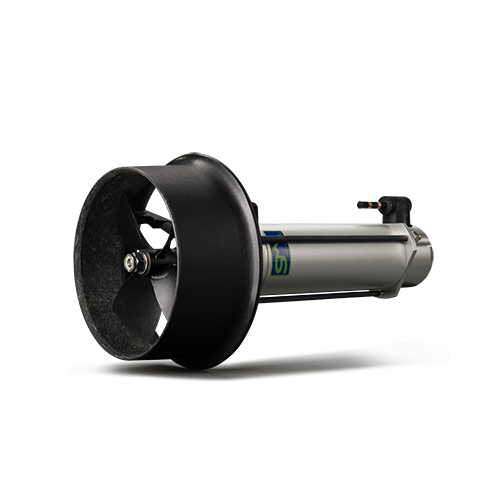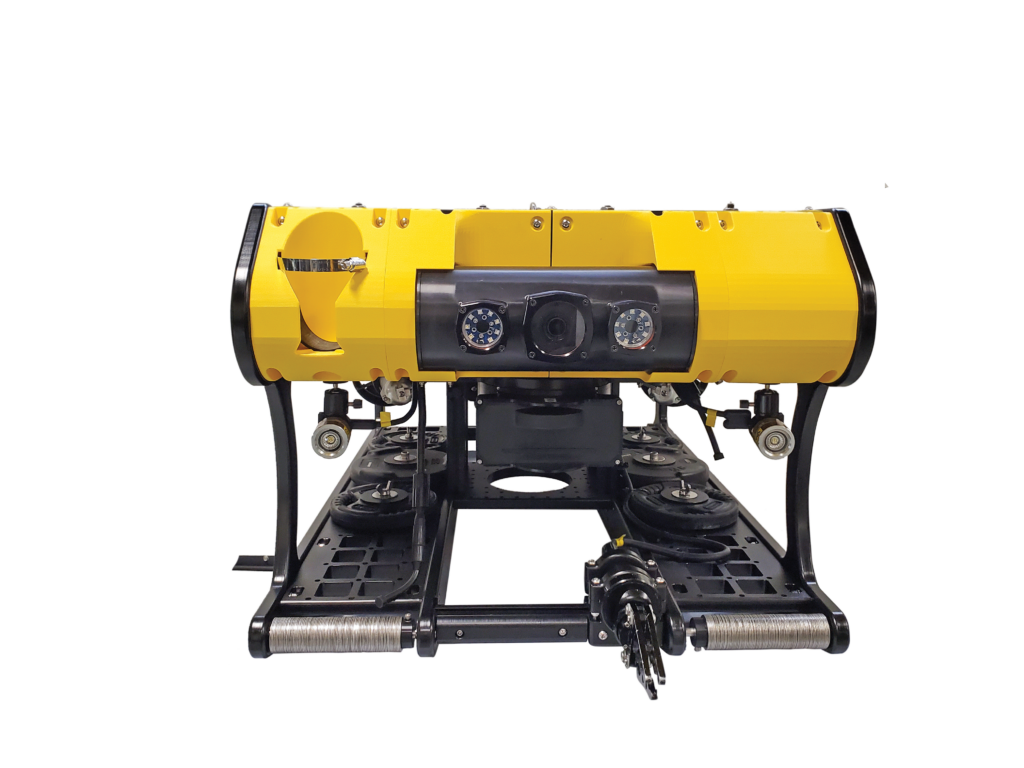Marine-grade polymers are a special type of plastic. The polymers are designed to withstand the harsh environmental conditions present in marine environments, such as saltwater exposure, UV radiation, and extreme temperatures. They are engineered to have a higher resistance to corrosion, degradation, and other forms of damage caused by prolonged exposure to seawater.
Common uses of marine-grade polymers in ROVs
Structural Components
The special plastics can be used to create structural elements of the ROV, such as the frame, chassis, and housing. These components need to be strong, durable, and resistant to corrosion. This to ensure the ROV’s reliability and longevity in underwater conditions. Compared to some popular ROV brands, SEAMOR Marine uses relatively little plastic. Our ROVs need to withstand pressures at 300m and 600m deep and navigate tricky conditions. We prefer to mix in other materials like anodized aluminum and stainless steel. We value ROV durability and quality and want to guarantee you the best price-quality ratio.
Seals and Gaskets
ROVs need effective seals and gaskets to prevent water from seeping into sensitive electronic and mechanical components. Marine-grade polymers with good sealing properties help maintain the integrity of the ROV’s internal systems. Better one too many seals than too little. We also use plastics to protect any wires between two components or tools that cannot be encased into a more enclosed structure.

Propellers and Thrusters
Propellers and thrusters used in ROVs may also be made from marine-grade polymers to resist the corrosive effects of seawater while maintaining efficient propulsion. However, this can be debated. At SEAMOR Marine we prefer to make use of anodized aluminum. This material is stronger and more durable than the polymers. There are always trade-offs between materials. The choice of which material to use when highly depends on your ROV mission requirements.
Sensors and Cameras
Optical clarity and UV resistance are essential for sensors and cameras used on ROVs. High-quality plastics can provide these properties to ensure clear vision and accurate data collection. Here too, depth requirements and mission conditions play and important role in determining which type of plastic is used or to use a different material entirely.
Variations in quality do exist among different types of marine-grade polymers. The choice of material depends on the specific requirements of the ROV and its intended uses. There are also other factors to consider such as microplastic pollution and desired ROV quality. Your ROV manufacturer and dealership should know all the ins and outs of what the best materials are for your needs. They can also tell you why they decided to use plastic versus aluminum for certain components but not for others. Come have a chat or a demo with us to find out the best materials for you. (And the best price-quality ratio).

